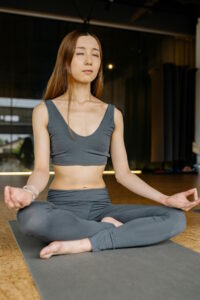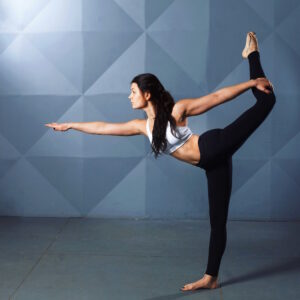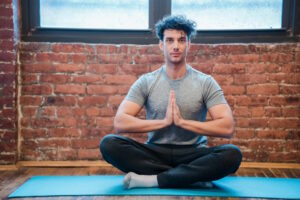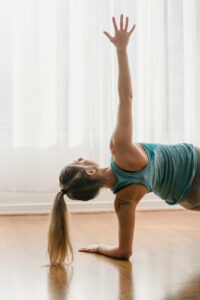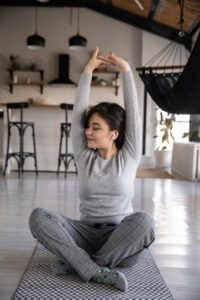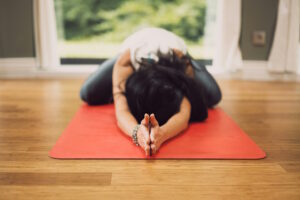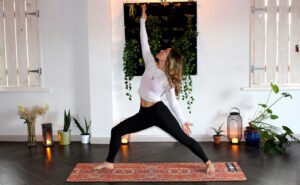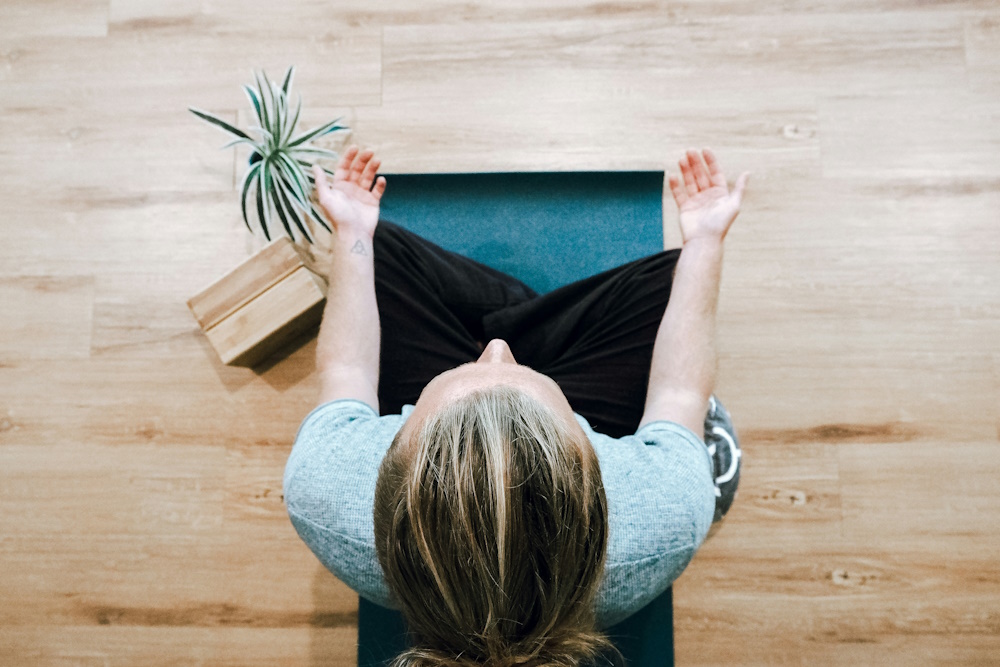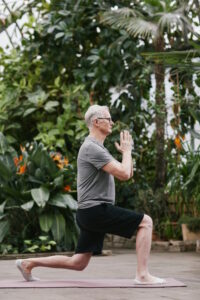
As we age, maintaining physical health, flexibility, and mental well-being becomes increasingly important. Mindful Pilates for seniors offers a holistic approach to achieving and maintaining these goals. In this guide, we’ll explore the world of Mindful Pilates for seniors, discussing the best Pilates practices for older adults, the recommendations for senior fitness, basic Pilates moves tailored to seniors, and the comparison between yoga and Pilates for seniors.
What Are the Best Pilates Practices for Seniors?
Pilates exercises can be adapted to suit individuals of all ages, including seniors. The best Pilates practices for older adults are those that focus on building and maintaining core strength, improving balance, enhancing flexibility, and nurturing a mindful body-mind connection. Some suitable Pilates practices for seniors include:
· Mat Pilates: Mat-based Pilates exercises are gentle and effective for seniors. They often involve movements that improve posture, mobility, and overall strength. Mat Pilates is accessible and can be done with minimal equipment.
· Chair Pilates: Chair Pilates is an excellent option for seniors with limited mobility or those who need extra support. It uses a chair for stability while performing Pilates movements, making it accessible and safe.
· Reformer Pilates: Reformer Pilates can also be adapted for seniors, providing resistance and support for a wide range of exercises. It helps build strength, flexibility, and balance.
· Mindful Breathing: Incorporating mindful breathing techniques into Pilates practice can enhance relaxation and mental focus, which are crucial for seniors’ well-being.
Is Pilates Recommended for Seniors?
Yes, Pilates is often recommended for seniors due to its many benefits. Here are some reasons why Pilates is an excellent choice for older adults:
· Low Impact: Pilates is a low-impact form of exercise, reducing the risk of joint strain or injury.
· Core Strength: It helps seniors maintain and improve core strength, which is essential for balance and stability.
· Flexibility: Pilates exercises promote flexibility, enhancing range of motion and reducing the risk of muscle stiffness and discomfort.
· Mind-Body Connection: Pilates encourages a mindful body-mind connection, promoting mental well-being and reducing stress.
· Customizable: Pilates can be tailored to individual fitness levels and needs, making it suitable for seniors with varying abilities.
What Are the Basic Pilates Moves for Seniors?
For seniors looking to start a Pilates practice, here are some basic Pilates moves that are gentle and effective:
· Pelvic Tilts: Lie on your back with knees bent. Inhale to prepare, exhale, and tilt your pelvis up, engaging your core. Inhale to release. This move strengthens the core and improves pelvic stability.
· Leg Circles: Lie on your back with one leg extended and the other raised. Circle the raised leg in a controlled manner, engaging the core. This exercise enhances hip mobility and leg strength.
· Seated Spine Twist: Sit on a chair with your feet flat on the floor. Inhale to lengthen your spine, exhale, and twist your upper body to one side, then the other. This move improves spinal mobility and core strength.
· Cat-Cow Stretch: Start on your hands and knees. Inhale and arch your back (Cow), then exhale and round your back (Cat). This exercise promotes spinal flexibility and mobility.
· Standing Leg Lifts: Stand behind a chair, holding it for support. Lift one leg straight back, engaging your core and glutes. Lower it down and repeat. This exercise enhances leg strength and balance.
Which Is Best for Seniors: Yoga or Pilates?
The choice between yoga and Pilates for seniors ultimately depends on individual preferences and needs. Both practices offer numerous benefits for older adults:
· Yoga: Yoga focuses on flexibility, balance, and mindfulness. It incorporates various poses and stretches that promote relaxation and mental well-being. Yoga is an excellent choice for seniors seeking a holistic approach to fitness and stress reduction.
· Pilates: Pilates emphasizes core strength, flexibility, and body awareness. It is particularly beneficial for seniors looking to improve posture, stability, and overall physical strength. Pilates can be adapted to suit individual fitness levels and mobility.
In summary, both yoga and Pilates can be valuable additions to a senior’s fitness routine. Seniors may choose to practice one or both, depending on their goals and preferences. Mindful Pilates for seniors, in particular, offers a unique blend of physical and mental well-being, making it a compelling option for older adults seeking a balanced approach to healthy aging.
Embarking on a journey of Mindful Pilates in later years can greatly enhance the quality of life, promoting physical vitality and mental clarity. It’s a path that encourages seniors to embrace their bodies, nurture their well-being, and enjoy the many benefits of a mindful and movement-based practice tailored to their unique needs and goals.
